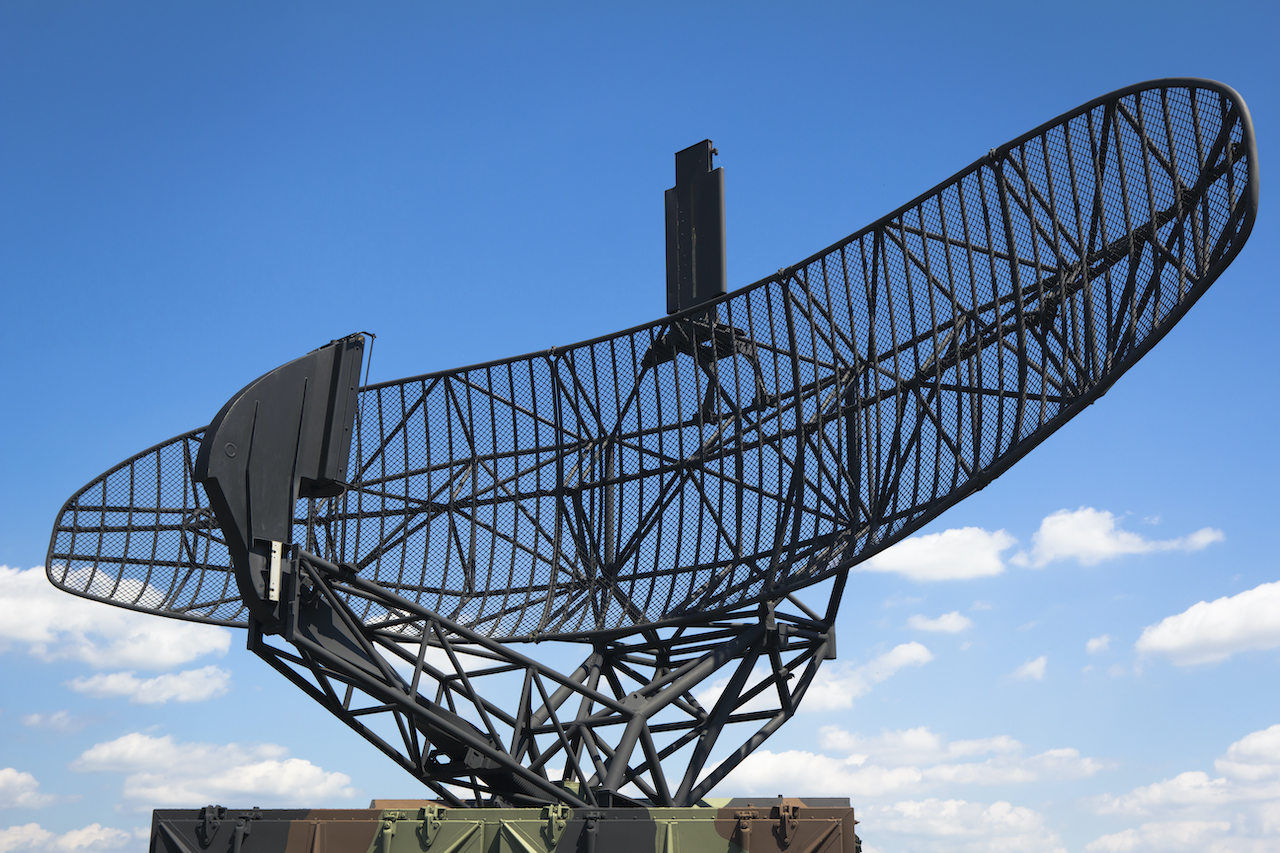Xu Yi, Assistant Professor of Electrical and Computer Engineering at the University of Virginia, is directing a research team that is working on the next significant technical leap in radar and global positioning systems, as part of a national push to use photonics to develop these technologies.
Yi’s goal is to transfer the purity and stability of high-frequency radar optical communications to the microwave regime, which is where most defence positioning, navigation, and timing systems operate. To put this in context, the system they’re working on will have frequencies up to 110 GigaHertz, which is 20 times greater than WiFi and three times higher than 5G.
The project builds on Yi’s achievements in photonics, one of the department’s research strengths. Yi and teammates Andreas Beling, professor of electrical and computer engineering, and Steven M. Bowers, associate professor of electrical and computer engineerin. Have achieved breakthroughs in high-speed light detection and ultra-low noise circuits to bring photonic technology closer to reality.

Yi specialises in a microresonator-based frequency comb, or microcomb, which is a type of photonic gadget. Photons are effectively transformed from single to many wavelengths by the microcomb. Yi’s optical frequency division breakthroughs pave the best way for a chip-sized. Low-noise system that may be repeatedly programmable over a variety.
At a single frequency, a perfect oscillator produces a flawless sign. Actual-world methods, reminiscent of army radars and business 5G methods, are far much less dependable. Since they function at fluctuating frequencies, a restriction referred to as section noise. “Section noise — how a lot the sign wiggles — is the metric everybody cares about,” Beling stated. This opens up new potentialities in purposes like communications, positioning and ranging.”

